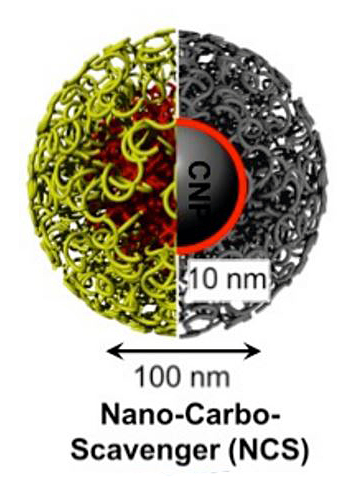
When there is an oil spill in a body of water, booms are used to contain it so the contamination can be collected. The aftermath still leaves a sheen of oil that response teams then attempt to keep from devastating the natural environment.
What do they do? They dump chemicals into the water which may be as bad environmentally as the oil.
Enter engineers and chemists from the University of Illinois College of Engineering and ISTC with a new tool to more truly eliminate the damage from oil spills. They have developed microscopic carbon particles they call Nano-CarboScavengers which work in two ways. They have the ability to attract oil and swell in size, creating visible clumps which can be scooped up. The tiny spheres also reduce the surface tension of polluted water, giving natural microorganisms a chance to digest petroleum compounds into harmless components.
Let’s hear it for the Institute for Sustainability, Energy, and Environment (iSEE) which showed confidence in Bioengineer Dipanjan Pan and the team to provide them with seed money to develop the idea in 2015. Now the work is published in Nature Publishing. iSEE’s website has the full story.

